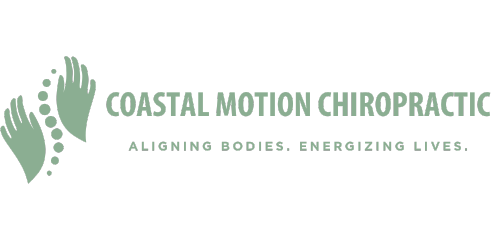Desk Job Survival Guide: Staying Aligned in a Sedentary World
Sitting is the new smoking. You’ve probably heard the phrase—but what does it actually mean for your body, your health, and your spine?
For millions of desk-bound professionals, the daily routine of sitting in front of a screen can slowly create a storm of postural imbalances, muscular tension, joint stiffness, and chronic pain. You might not notice it at first. But by 3 p.m., your shoulders are creeping up to your ears, your lower back is sore, and your neck feels like it’s holding a small brick.
The truth is, our bodies aren’t designed for 8+ hours of stillness. They’re built for movement, variation, and flow. But don’t worry—you don’t need to quit your job or become a full-time yogi to stay healthy. You just need the right tools and a little awareness.
Here’s your Desk Job Survival Guide—a chiropractor’s take on how to stay aligned, energised, and pain-free in a sedentary world.
1. Perfect Posture Doesn’t Exist—But Active Sitting Does
Let’s bust a myth right out of the gate: there’s no such thing as perfect posture. The goal isn’t to sit rigidly upright all day. That just leads to fatigue and stiffness in a different way. Instead, aim for postural variety—switching positions regularly, using small micro-movements, and creating a setup that supports dynamic alignment.
Tips:
Sit with feet flat on the floor, knees at 90°, hips slightly above knees.
Keep screens at eye level to avoid craning your neck.
Alternate between sitting, standing, and perching if possible.
Use a lumbar support or towel roll behind your lower back.
Don’t be afraid to fidget! Subtle shifts help maintain circulation and muscle tone.
2. Microbreaks = Macro Benefits
You don’t need to do a full workout during your workday—but your body does need moments of movement. Microbreaks are powerful little resets that keep your joints mobile, muscles oxygenated, and nervous system calm.
Try this every 30–60 minutes:
- Roll your shoulders back and down 10 times.
- Do a slow neck tilt side to side.
- Stand up and stretch your arms overhead.
- Walk to refill your water or step outside for a few breaths of fresh air.
Even just 60 seconds of movement can break the cycle of compression and tension that builds from sitting.
3. Your Spine Follows Your Eyes
This one’s sneaky. If your screen is too low, your head tilts forward. And for every inch your head leans out, your neck muscles must support an extra 4–5 kg of weight.
Adjust your workstation:
- Top of monitor should be at or slightly below eye level.
- Use a laptop riser or external monitor if you’re working on a small screen.
- Consider blue light filters or glasses to reduce eye fatigue (which affects posture).
Your head is heavy. Let your screen do the lifting.
4. Train the Opposites: What You Do Outside Work Matters
If you’re in flexion all day (bent hips, rounded shoulders), your body needs balance. That means training extension and rotation—things like:
- Back extensions or “cobra” pose
- Wall angels or band pull-aparts
- Thoracic spine mobility drills
- Hip opening stretches (like lunges or pigeon pose)
Even 10 minutes a day of counter-movement can make a massive difference in how your body feels.
5. Stress Shows Up in Your Posture
Your posture isn’t just physical—it’s emotional and neurological. When you’re stressed, your body tightens, your breathing shortens, and your muscles brace. Over time, this can contribute to shoulder tension, jaw clenching, and even digestive changes.
Support your nervous system:
- Practice diaphragmatic breathing (inhale deeply through the nose, exhale slowly through the mouth).
- Take “visual vacations”—look out the window, not just at your screen.
- Don’t underestimate the power of sunlight and walking.
Staying aligned is also about staying regulated.
6. When to Get Checked: Signs You Shouldn’t Ignore
If you’re noticing any of these symptoms regularly, it may be time to get assessed:
- Numbness or tingling in the hands or feet
- Persistent tension headaches
- One-sided shoulder or neck pain
- Mid-back tightness that worsens at the end of the day
- Sciatic pain when sitting for long periods
These are all signs your body is compensating for poor mechanics—and early care can prevent bigger issues down the line.
Final Thoughts: Small Shifts, Big Change
You don’t need to overhaul your life to feel better at your desk. You just need small, sustainable shifts—done consistently. Awareness is the first step. Movement is the medicine. And support is always available.
If you’re ready to take your spinal health seriously—or just want to feel less wrecked after a workday—we’re here to help.


